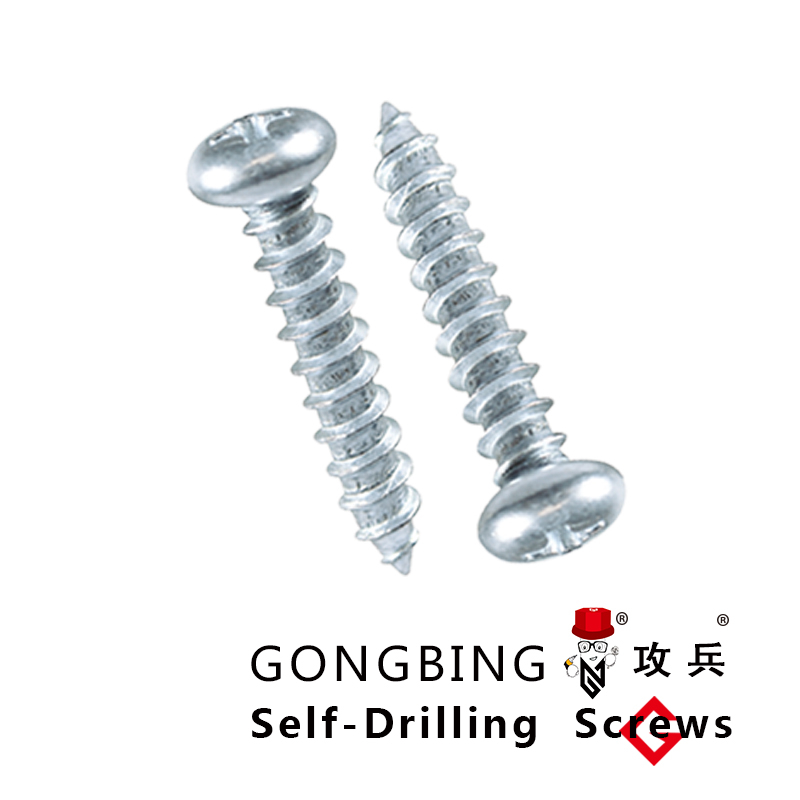Understanding the Importance of Chemical Wall Anchors in Construction and Engineering
Understanding Chemical Wall Anchors A Comprehensive Guide
In the realm of construction and engineering, the integrity of structures largely depends on reliable anchoring systems. Among the various anchoring solutions available, chemical wall anchors have gained prominence for their unique properties and versatile applications. This article delves into what chemical wall anchors are, their benefits, application scenarios, and installation processes.
What are Chemical Wall Anchors?
Chemical wall anchors, often referred to as epoxy anchors or resin anchors, consist of two key components a metal rod or bolt and a high-strength chemical adhesive. The anchor is inserted into a pre-drilled hole within a masonry or concrete substrate, and the adhesive is then applied to secure the anchor in place. The chemical adhesive hardens, creating a robust bond between the metal and the surrounding material, which allows the anchor to support significant loads.
Key Benefits of Chemical Wall Anchors
1. High Load Capacity One of the most notable advantages of chemical wall anchors is their ability to handle heavy loads. They can carry loads much greater than traditional mechanical anchors, making them ideal for demanding applications.
2. Versatility Chemical anchors can be used in various substrates, including concrete, brick, and block. This versatility makes them suitable for a wide range of projects, from residential renovations to large-scale commercial constructions.
3. Corrosion Resistance The materials used in chemical wall anchors, including stainless steel and specially formulated resins, offer excellent resistance to corrosion. This is particularly important in environments exposed to moisture or chemicals, ensuring the longevity of the installation.
4. Minimal Expansion Stress Unlike mechanical anchors that rely on expansion to secure themselves, chemical wall anchors bond to the material, producing minimal stress. This characteristic is particularly beneficial in fragile substrates where expansion could cause cracking or damage.
5. Time-Efficiency With the availability of fast-curing resins, chemical wall anchors can often be used in rapid applications. This efficiency helps project timelines and offers more flexibility during installation.
Applications of Chemical Wall Anchors
chemical wall anchors

Chemical wall anchors find applications across various sectors. They are widely used in construction projects for securing elements like shelves, cabinets, and heavy machinery. Additionally, they are critical in infrastructure projects, where they help support beams, bridges, and other structural components. Moreover, they are commonly utilized in renovation projects where existing materials can be challenging to work with, ensuring that anchoring is both effective and efficient.
Installation Process
Installing chemical wall anchors involves several steps that, when followed correctly, lead to a successful installation
1. Preparation Start by selecting the right size and type of anchor for your application. Ensure the surface is clean and free of dust, grease, and moisture.
2. Drilling Use a hammer drill with the appropriate drill bit to create the required hole in the substrate. The hole should be deep enough to accommodate the anchor fully.
3. Cleaning After drilling, cleaning the hole is crucial. Use a blowout pump or a brush to remove any debris and dust. This step is vital for ensuring the adhesive bonds effectively.
4. Mixing the Adhesive If using a two-part adhesive, mix it as per the manufacturer's instructions to achieve optimal bonding strength.
5. Insertion Inject the adhesive into the hole using a caulking gun, ensuring it fills the hole adequately. Then, insert the anchor into the hole while twisting it slightly to distribute the adhesive evenly.
6. Curing Allow the adhesive to cure for the specified time before applying any loads to the anchor. This time may vary based on environmental conditions and the type of adhesive used.
Conclusion
Chemical wall anchors offer a robust and reliable anchoring solution for various applications. Their high load capacity, versatility, durability, and easy installation process make them a preferred choice in construction and renovation projects. By understanding the benefits and proper installation methods, engineers and builders can harness the power of chemical wall anchors to ensure structural integrity and safety in their projects.
-
Weatherproof Plastic Expansion Anchors for OutdoorNūhouJun.06,2025
-
Sustainability in the Supply Chain: Eco-Friendly TEK Screws ProductionNūhouJun.06,2025
-
Load-Bearing Capacity of External Insulation FixingsNūhouJun.06,2025
-
Double Head Bolts: Enhancing Efficiency in Industrial MachineryNūhouJun.06,2025
-
Corrosion Resistance in Chipboard Screws: Coatings for Wholesale DurabilityNūhouJun.06,2025
-
Butterfly Toggle Bolts : Enhancing Structural ResilienceNūhouJun.06,2025
